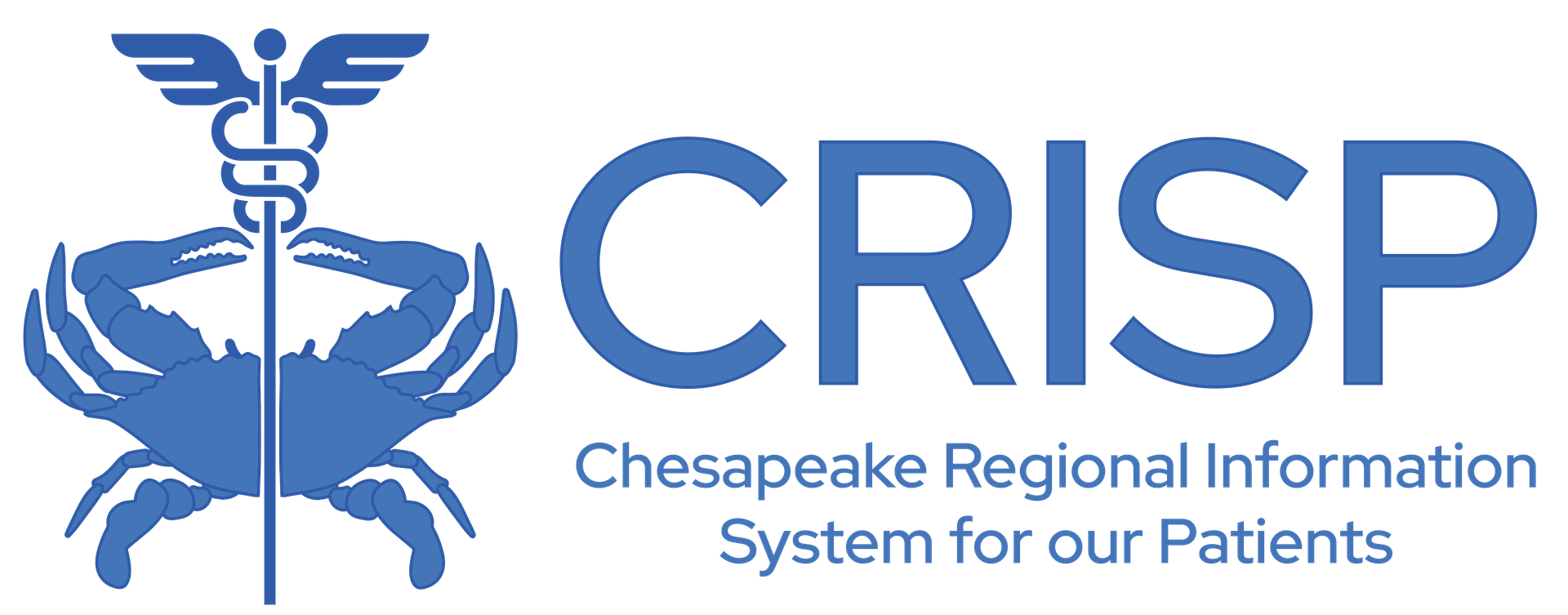View Topics & Resources
Explore Topics
Other Resources
MPA Policy Context:
In MPA Years 1 through 4, MPA used a two-tiered system to attribute beneficiaries to hospitals based primarily on the relationship between a beneficiary and its primary care provider (PCP) and that PCP’s relationship to a hospital. HSCRC then granted hospitals access to beneficiaries’ PHI
- if the hospital could attest to having a Care Coordination Agreements (CCAs) with the MPA-attributed PCP, or
- for any beneficiary who had a “touch” at the hospital (IP admission and/or ED visit).
Starting with MPA Y5 (CY2022) and continued since, the tiered attribution approach is replaced with a purely geographic approach [1]. Beneficiaries and their costs are assigned to hospitals based on the zip code of residence using the Primary Service Area Plus (PSAP) algorithm [2]. A beneficiary can be attributed to more than one hospital under the PSAP algorithm due to overlap in hospital PSAs. While geographic attribution does afford hospitals more transparency in how their MPA attributed beneficiaries are identified, the attribution of beneficiaries does not rely on an established treatment relationship between a hospital and the beneficiary – a requirement of HSCRC’s data sharing policies.
Therefore, a new data access policy was developed by HSCRC in order for hospitals to access PHI for beneficiaries without an IP or ED touch. Under this policy, hospitals use the MPA Attribution Tracking Tool (MATT) in CRS to submit lists of NPIs and medical facility CCNs (CMS Certification Numbers) with which the hospital has a CCA. For the purposes of this PHI data access policy, submitted NPIs with a CCA are referred to as Clinician Partners and submitted facilities with CCAs are Facility Partners. A single beneficiary E&M visit with a Clinician Partner or any single claim with a Facility Partner then establishes a treatment relationship with the hospital, deeming the flow of PHI for those beneficiaries to be acceptable.
In order to ensure that hospitals are not inundated with beneficiaries and their PHI in the reporting suites, the data access approach prioritizes beneficiaries with whom the hospital has a direct interest in managing, established through participation in a Care Transformation Initiative, Care Redesign Program, MDPCP, or MPA attribution.
There is a second MPA attribution layer for the two academic medical centers, which includes an IP admission, so is not affected by this data access policy, i.e., all academically attributed beneficiaries’ PHI is available via their IP admission.
The PSAP is modified from the approach used in the geographic MPA Year 4 tier. If the zip code is in only one hospital’s primary service area (PSA), as indicated in their original Global Budget Revenue agreements, all patients who reside in the zip code are attributed to that hospital. If the zip code is in more than one hospital’s PSA, costs and beneficiaries will be allocated according to utilization share in that zip code. If the zip code is not in any hospital’s PSA, it is assigned to hospitals based on share of Medicare ECMADs and drive time.
Hospital Access to Beneficiary PHI:
Figure 1 depicts the current approach for PHI Sharing under MPA Y6.
MPA Y6 Data Access Policy Implementation:
Beneficiaries’ PHI is available to a hospital via two methods of establishing a treatment relationship. Each instance permits hospitals’ access to beneficiaries’ PHI for the current 36-month period of CCLF data that contains the event that triggers PHI access. The methods for establishing a treatment relationship for the purposes of PHI sharing are described below.
Instance 1: Hospital Touch
A treatment relationship is established for any beneficiary with an IP admission or ED visit at the hospital within the most recent 36-month period reflected in the current CCLF dataset.
Instance 2: Clinician/Facility Treatment Relationship
- The universe of beneficiaries eligible for PHI access are identified according to their claims with Clinician Partners (E&M claims) and Facility Partners (any claims) in the most recent 36 months of CCLF data.
- A treatment relationship is established between a beneficiary and a Clinician Partner via a claim in the current 36-months of Medicare Claim and Claim Line Feed (CCLF) data that is categorized as an evaluation and management visit (E&M) using the Revised BETOS Categorizations System (RBCS). For a Facility Partner, a treatment relationship is established if there is any claim with the facility.
- Because the universe of beneficiaries identified in Step 1 can be very large, the reporting approach prioritizes beneficiaries with program participation with the respective hospital. This ensures that hospitals are not inundated with beneficiaries that have no functional relationship with the hospital other than other than a single visit within the last three years. Beneficiaries are included based on any of the following relationships with the hospital:
- Enrollment in a Care Transformation Initiative (CTI) or Care Redesign Program (CRP) administered by the hospital
- Any claim with a Facility Partner
- A treatment relationship with a Clinician Partner who participates in the MDPCP program.
- n.b. The data access policy is broader than the quarterly MDPCP beneficiary attribution. As such, the policy captures nearly all MDPCP attributed beneficiaries as well as beneficiaries who are treated by MDPCP participating Clinician Partners who are not participating in the program.
- MPA Geographic attribution to the hospital
Based on the above hierarchy, beneficiaries with an E&M visit with a Clinician Partner who do not have a program relation or MPA attribution to the hospital are excluded from the PHI Sharing Policy.

